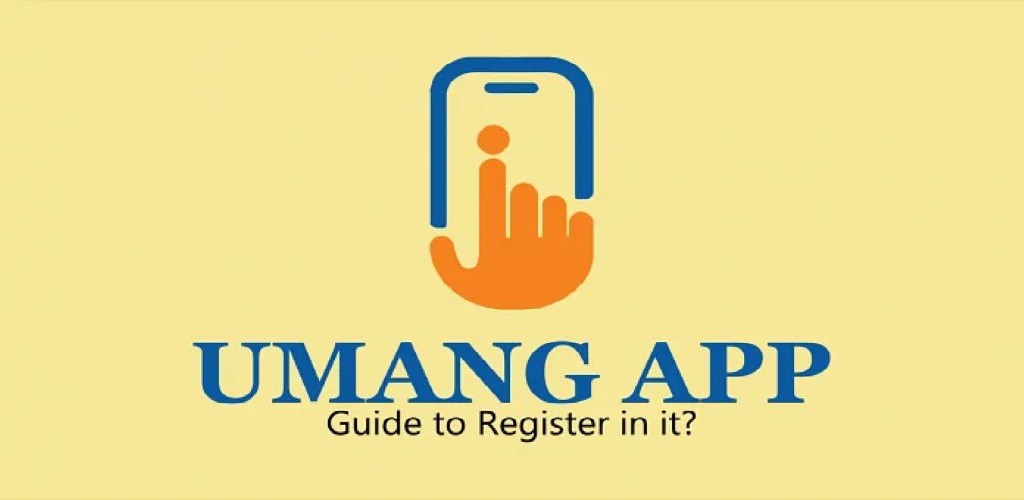A credit card stands out for a myriad of benefits, including convenience, easy access to credit during financial emergencies, lucrative cashback offers, and impressive reward points. We also enjoy free airport lounge access, universal payment acceptance, and various other freebies, which is why it has become an indispensable part of most of our financial lives in today’s dynamic digital world. According to a recent Reserve Bank of India report, our country accounted for 97.9 million outstanding credit cards as of December 2023, and this month alone recorded about 1.9 million additions. The overall popularity of credit cards has also hit the 100 million mark, thus setting a new benchmark in India.
While credit cards are primarily designed to make purchases and make transactions easier without cash upfront, we are unable to conduct certain payments via credit cards. Payments related to mortgages, sending money orders, buying stocks, home loans, car loans, etc., may not be accepted through credit cards. However, there is a way out of transferring money from a credit card to an individual’s savings account in such circumstances and getting our work done, but high fees are applicable to this process. With that said, one must gain a deeper understanding of the entire process and its associated costs. Let’s explore the steps and costs involved in this process, along with vital considerations we should keep in mind.
Understanding the process
The process of transferring money directly from a credit card to a savings account is widely known as a cash advance. Most credit card issuers provide the cash advance service to help cardholders transfer money or withdraw cash by utilising their credit limit with no requirement of additional application or credit cheque. Such types of money transfers strikingly differ from direct transfers in several ways.
Interest rates
The cash advance process is a pricey method of withdrawing cash faster, which is why it comes with higher interest rates than regular credit card purchases.
No grace period
As compared to standard usage of credit cards, the cash advance facility of a credit card incurs interest rates instantly with no interest-free or grace period.
Fees
Credit cardholders obtaining immediate funds through the cash advance facility are required to pay a cash advance fee. The fee is typically 3-5% of the transaction amount or a flat fee, whichever is greater.
Credit limit
Unlike regular credit card limits, cash advances involve a separate and lower credit limit set by issuers.
Key considerations before initiating a credit card transfer to a bank account
Every person considering a money transfer from a credit card to a bank account must remember some key points:
Credit card purpose
Remember that credit cards are used for direct purchases, so consider such money transfers only in extreme financial emergencies.
Income tax considerations
Cash advances are generally not considered taxable income. However, if cardholders use them for business purposes, they should consult with a tax professional to stay abreast of potential implications.
Credit card dues
Always ensure that all your current credit card payments are cleared before considering cash advance facilities. This will ultimately help you stay free from escalating debts.
Fees and interest rates
Cardholders should carefully calculate the transfer fees and interest rates and consider cash advances only in urgent cases. In many cases, the associated costs outweigh the benefits.
Potential effect on credit score
Cash advances can significantly affect your credit score. If you decide to proceed, carefully monitor your credit report.
Sufficient credit limit
Cardholders must cross-check if they have enough available credit, including the transfer amount and the associated fees.
Transfer limit
Staying aware of any daily or monthly limits for using cash advances is crucial.
How To Transfer money from credit card to savings account
Before opting for any money transfers, including cash advances, cardholders must have a thorough knowledge of their card’s terms and conditions. They can seek this information by contacting the card issuer directly or referring to the cardholder agreement. Cardholders have multiple options that will help them transfer funds from a credit card to a bank account. Here are some of the notable ways:
Net banking
Many banks allow you to initiate transfers directly through online banking. To do so, you need to log in to your credit card account through the net banking app, choose the “transfer” option, and fill in the transfer amount. Next, enter the required information as mentioned in the form, and finally, follow the prompts/guidelines for a successful transaction.
E-wallet
Digital payment platforms like Paytm, PayPal, MobiKwik, Freecharge, etc., facilitate cardholders’ transfers from credit cards to their linked bank accounts. For a successful transfer through an e-wallet, you should follow certain essential steps to register using the e-wallet of your choice, followed by visiting the e-wallet application and the “passbook” section. Then, select the “send money to bank” option and select the transfer function in the menu. Now, enter all your necessary details (like the required amount, the beneficiary’s account number, and the IFSC code) and finally click the “send” option for a successful fund transfer. However, cardholders need to be aware of the additional fees charged by these platforms in addition to their card’s cash advance fees.
Western Union
Cardholders can also opt for this global money transfer service for transferring funds to a bank account through a credit card. But this method involves high fees. Here are some detailed instructions for using Western Union. Firstly, register on Western Union for free and then select the destination country. Now, fill in the amount to be transferred, followed by clicking on the desired delivery method i.e., transferring to the bank account. The next step is entering the recipient’s bank account details and initiating the transfer. Upon doing this, cardholders will receive a confirmation and a Money Transfer Control Number (MTCN) in their registered email ID.
MoneyGram
Similar to Western Union, you should be mindful of the fees involved and monitor how the transaction is processed. To transfer money through MoneyGram, consider the following steps. Start by selecting the country where the bank is located and enter the recipient details. In the case of self-transfer, you must enter your details, including your full name. Now, click on the “deposit to account” option and enter the transfer amount. To proceed with the transaction, choose “credit card” as the payment method. By doing this, you can see the exchange rate and any associated costs if the transaction has multiple currencies involved. Also, enter every detail about yourself as the sender and fill in the recipient’s details (like name and account details) as well to verify the transaction.
In addition to these excellent methods, there are a few offline ways to transfer money from a credit card to a savings account.
Phone call
A quick phone call is a great and direct way to conduct such money transfers when someone needs instant cash but cannot access the internet. The fees involved in this procedure will be reflected in the cardholder’s internet banking. One can simply call the credit card company to request a fund transfer by informing them about the intention of transferring funds. The credit card issuer will ask the person to verify the amount and provide the necessary bank details and other required information. By following the instructions, you can complete the transaction with ease and convenience.
Cheque
You can opt for the “cheque to self” option and deposit it in your bank account. To better understand, select the payee as “self” while filling out the cheque. Enter all required details following the usual procedure and submit the cheque to your bank. This method is typically processed as cash advances and may reflect similar fees and interest rates.
ATM cash advance
Most ATMs allow you to withdraw cash using a credit card. Although this is a convenient option, it incurs associated charges like both ATM fees and cash advance fees from your card issuer. For this, you can utilise the ATM cash advance function to withdraw the money and then deposit the cash at your bank branch.
Conclusion
Transferring funds from a credit card to a bank account is undoubtedly a useful financial tool and a strategic move in certain situations, but it’s not without risks. So, to make informed decisions, one needs to understand the process briefly, have a fair idea of the various methods involved, and consider the vital considerations outlined in this article.








